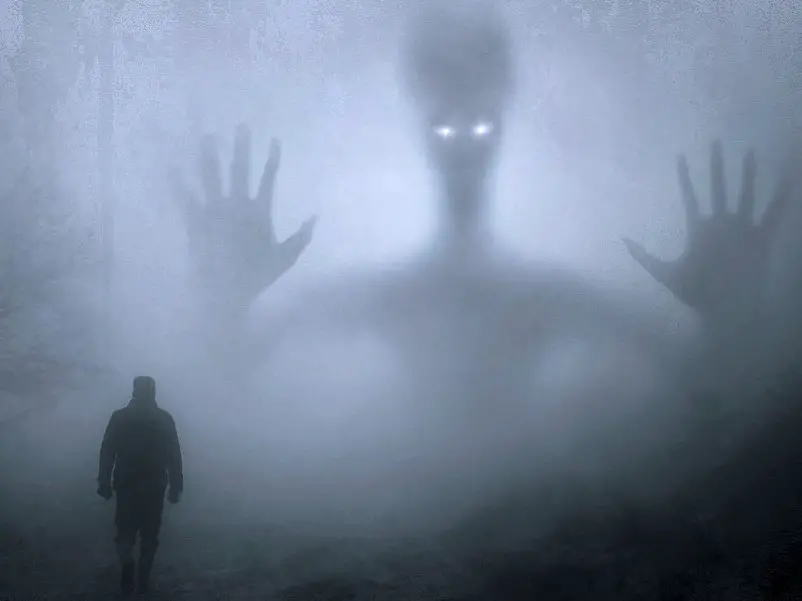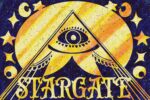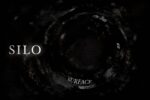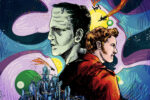Collaborative fiction has precursors dating back to the 1970s and 1980s but has become infinitely more accessible via the internet because thousands, if not millions, can potentially contribute to a work online. Shared universes offer writers immense freedom, allowing them to write about whatever they want so long as it fits within the context of the shared setting. In 2008, a log-style “creepypasta” concerning a statue labeled SCP-173 sparked a phenomenon that continues to inspire fiction writers and fans today: scp-wiki.net.
The premise of the universe is that there are an unknown but large number of “anomalous” elements in the world, ranging from inanimate objects with paranormal properties to Lovecraftian leviathans, referred to collectively as SCPs. The universe exists as the logs and stories of the fictional SCP Foundation, whose mission statement is to secure and contain all anomalies it can to protect humanity.
The foundation’s ability to contain SCPs varies, with many contained by conventional means such as an enclosed cell, while others defy any means of containment, forcing the foundation to deal with them whenever they appear. SCPs are accordingly categorized based on their threat level and capacity for containment.
Within this framework, writers can create their own SCP log, which can either focus on description of an SCP, dialogue from interviews or some other element that reflects the official nature of the logs. If this does not appeal to prospective contributors to the wiki, they can also write in the “Foundation Tales” section of the website, which contains more conventional short stories set within the “SCP” universe.
The universe is exceptionally large, the result of massive input over the past decade, and showcases comical, dramatic, tragic and thought-provoking entries. Although moderators are often exceptionally critical of submissions, the thousands acknowledged part of the universe show how diverse writers can get with SCPs.
The Popular
The “SCP” universe is well-known for its abundance of grotesque, horror-based entries, like the unofficial mascot SCP, SCP-096: a pale human-like entity with disproportionately long arms and a mouth that can extend to an inhuman degree. While it can be contained, any time its face is observed — directly, or indirectly through cameras or photographs — 096 immediately breaks containment and eliminates whoever observed it.
Able to find its victims underwater or halfway around the world within minutes regardless of restraints, this SCP is exceptionally dangerous. SCP-096 has become a fan favorite on account of its mysterious invulnerability.
Other more famous SCPs include the infamous SCP-173, a humanoid statue made of concrete that remains frozen so long as eye contact is maintained. So much as blinking will free the monster, allowing it to instantly snap nearby bystanders’ necks.
The Horrific
In general, submissions tend to emphasize horror, like SCP-106, a creature resembling an old man, who, despite elaborate containment efforts, regularly escapes, spending its freedom capturing victims and pulling them into a pocket dimension.
What it does with the attacked is unknown, but the foundation writes off all victims as deceased.
The Unnerving
Other submissions focus on implied terror, taking familiar sites and rendering them insidious. SCP-087, for instance, is a seemingly endless staircase inhabited by an unknown yet malevolent face that pursues anyone inside.
SCP-3008 is an IKEA store that never ends, staffed by faceless humanoid employees that attack anyone imprisoned inside.
The Tragic
Some stories elicit sympathy from the reader, like that of SCP-507, who is a normal Caucasian male with the caveat that he randomly teleports to different realities. Most are terrifying, a few are mundane and at least one was so pleasant he never wanted to leave.
The fact that that at any given moment SCP-507 may be transported to some new, terrible place against his will makes his story an exceptionally sad account.
The Funny
Some SCPs pose little to no threat to humanity, both practically and officially, often coming across as humorous or heartfelt rather than outright frightening. SCP-294 is a coffee machine that produces a cup’s worth of liquids entered into its keypad, although phrases such as a “cup of Joe” will summon bodily fluids and tissue from the nearest Joe.
SCP-1867 is a sea snail that believes itself to be a turn of the century British explorer named Lord Theodore Thomas Blackwood, which telepathically identified itself as such to foundation staff.
The Takeaway
While the standard tends to be high, potential writers should not feel limited by the “SCP” community’s rules. Creativity can lead writers to both mundane and fantastical places in the “SCP” universe, sometimes within the same submission. The genre is flexible, so you can experiment with whatever idea comes to mind.
It should also be acknowledged that the universe is not limited to the original wiki site and submissions. YouTube videos present their own unique expressions, and there are video games featuring the world, as well as talks of TV and film adaptions.
While not exactly mainstream, the “SCP” universe allows writers to explore the bizarre, uncharted and horrifying corners of their imagination.
















